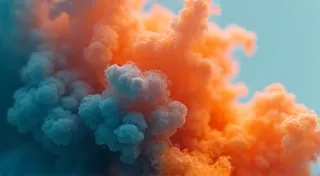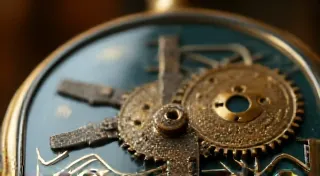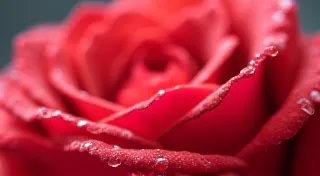The Cartographer of Curves: Navigating Ink Smudging for the Left-Handed Calligrapher
There's a peculiar resonance between a left-handed calligrapher's struggle and the delicate craft of restoring an antique accordion. Both pursuits demand an intimate understanding of materials, a willingness to confront persistent challenges, and a deep appreciation for the beauty born from imperfection. The accordion, with its bellows and keys, tells a story of movement and breath, of hands coaxing music from a complex mechanism. Similarly, the left-handed calligrapher wrestles with the physics of ink, paper, and hand positioning – a constant negotiation to capture the grace of the script without leaving a trail of unwanted smudges.
I remember the first time I truly understood this connection. I was helping my grandfather, a master accordion repairman, clean a particularly stubborn instrument. The bellows, stiff with age and grime, resisted his touch. He explained, patiently, the importance of understanding how the leather interacted with the humidity, how the tension of the reeds dictated the tone. "It’s about finding the rhythm," he’s said, “the delicate dance between force and surrender." That philosophy applies wonderfully to the left-handed calligrapher's quest for smudge-free lines.
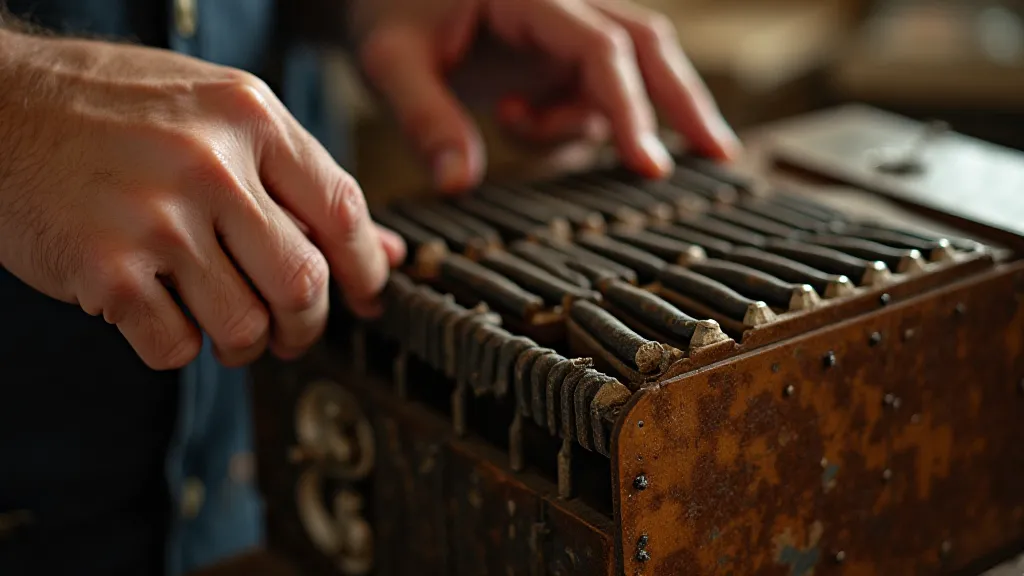
The Science of the Smudge: Why Lefties Struggle
The simple act of writing, for a right-handed person, is an exercise in natural physics. They move their hand from left to right, typically across the page. The ink dries as it goes. For a left-handed individual, this is flipped on its head. We’s moving into the wet ink, disrupting the delicate film and inevitably creating a smear. It's a frustrating cycle. But understanding why this happens is the first step toward overcoming it.
It's not solely about the direction of movement. Ink isn’t just pigment suspended in water; it's a complex emulsion, often containing resins, binders, and other chemicals. These ingredients influence drying time, viscosity, and sheen. Some inks, particularly those favored for their vibrancy and shading capabilities, tend to be wetter and take longer to dry. The warmer the paper, the slower the drying process becomes too. Furthermore, the pressure left-handed individuals often exert while writing, a consequence of needing to compensate for the 'pull' of the hand, exacerbates the smudging problem.
Paper's Role: A Foundation for Success
Choosing the right paper is paramount. Smooth paper is often suggested, and for good reason. However, mere smoothness isn't enough. Paper's absorbency is crucial. Highly absorbent papers, like traditional blotter paper, wick the ink away quickly, minimizing the opportunity for smudging. However, they can also cause the ink to feather, resulting in a less crisp line. Conversely, coated papers, like those used for inkjet printing, resist ink penetration, but can feel slippery and create a glossy appearance.
My grandfather always said, “The best tools are those that feel right in your hands.” The same principle applies to paper. Experiment with different weights and textures. A slightly textured paper with moderate absorbency, like Rhodia or Clairefontaine, often strikes a good balance. It provides some tooth for the ink to grip, while still allowing for relatively quick drying. Just as a master restorer carefully selects parchment for its delicate surface and historical significance, a calligrapher must approach paper with equal care.
Ink Properties and their Impact
Not all inks are created equal. Sumi ink, for instance, is notoriously fast-drying, while some iron gall inks can be wetter and require more care. Experimenting with different types of ink is essential. Consider using walnut ink, a readily available and often faster-drying alternative. For more vibrant colors, investigate pigment-based inks, which tend to be less prone to feathering and smudging than dye-based inks.
Even the ratio of water to ink on your nib affects drying time. Using too much water dilutes the ink and slows the drying process. It might be tempting to increase the flow, but ultimately, too much water introduces more smudging problems.
Angle of Attack: The Subtle Shift in Technique
The angle at which you hold your nib significantly influences ink distribution and drying. Most calligraphy instruction focuses on a perpendicular angle to the page, but left-handed individuals often find success by tilting the nib slightly away from their body. This change in angle can create a faster-drying stroke and reduce the likelihood of dragging the nib through wet ink.
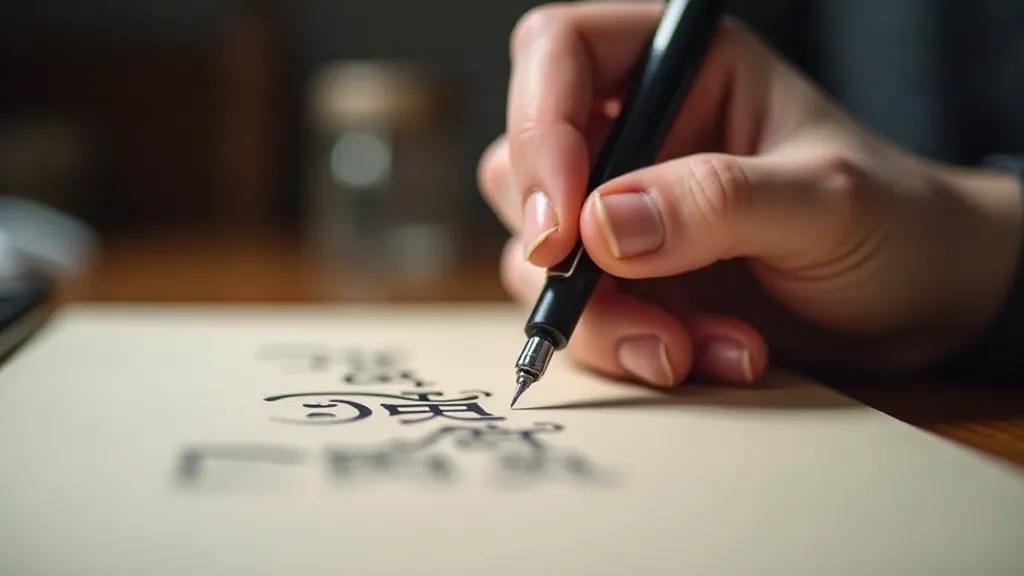
Innovative Techniques: The Left-Handed Hack
Beyond the fundamental adjustments, a few innovative techniques can offer significant improvements. One trick I learned from an older calligrapher was to use a small fan or hairdryer (on a cool setting!) to gently expedite the drying process. This technique, while seemingly unconventional, can be surprisingly effective.
Another approach is to write in sections, allowing each stroke to dry completely before moving on to the next. This method, while time-consuming, eliminates the possibility of dragging a wet nib through previously written lines. The pursuit of elegance and precision in calligraphy demands not only skill but a certain philosophical approach – a willingness to embrace a practice that echoes the rhythms of music and restoration, to find harmony and balance in the face of challenge. This mirrors the process of understanding the subtle influence the moon’s pull has on the natural world, and in turn, the flow of creativity. For those seeking a deeper connection to this artistic dance, exploring the essence of finding your calligraphic rhythm can be incredibly enlightening.
Restoration and Collecting: A Deeper Appreciation
My grandfather’s work wasn’t solely about repairing accordions. It was about preserving history. Each instrument he touched carried stories—of musicians, of concert halls, of countless performances. He instilled in me an appreciation for the artistry and craftsmanship involved in creating these complex instruments. And that’s the same appreciation I see in dedicated calligraphers.
Similarly, collecting vintage calligraphy tools and inks offers a fascinating glimpse into the evolution of the art form. Antique nibs, for instance, often possess unique characteristics that can influence ink flow and line quality. Examining the tools of past masters can provide valuable insights into their techniques and approaches. Sometimes, the traditional expectations surrounding calligraphy can feel restrictive, especially for left-handed practitioners. It's about challenging those assumptions, about reshaping the narrative around what it means to create beautiful script. For a deeper look at this transformative process, consider the insights offered in reshaping calligraphic expectations in a world primarily designed for right-handed individuals.

Beyond Technique: The Personal Narrative
The pursuit of mastery in any craft isn't merely about technical proficiency; it's about imbuing the work with a personal narrative, a unique perspective born from experience and introspection. The marks we make on paper, whether through the meticulous strokes of calligraphy or the careful restoration of a treasured instrument, are a reflection of our inner selves. Just as the choice of materials and techniques speaks volumes about the artist's vision, so too does the story we choose to tell through our work. Think of the way a calligrapher selects inks and papers to reflect a particular mood or theme – it’s about conveying emotion and creating a connection with the viewer.
My grandfather always encouraged me to find the story within the instrument, to listen to the echoes of its past. He believed that every crack and imperfection held a clue to its journey, a testament to the lives it had touched. And he was right. By understanding the history of an object, we gain a deeper appreciation for its value. It’s a sentiment that resonates deeply with those exploring the nuances of the art form – ultimately revealing the subconscious narrative woven into the script itself.
Conclusion
Ultimately, navigating the challenges of left-handed calligraphy is about more than just technique. It's about understanding the history, the artistry, and the personal narrative that informs the craft.
